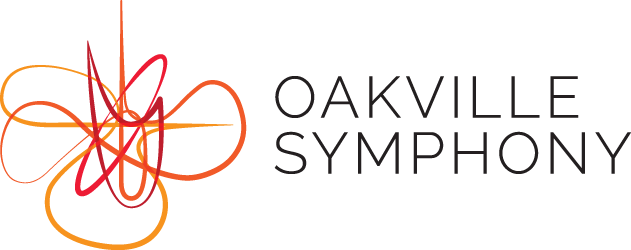An Inclusion, Diversity, Equity and Accessibility Declaration for the Oakville Symphony
The Oakville Symphony thanks Orchestras Canada for providing a well-researched policy as the basis for our own. We have largely adopted the Orchestras Canada Declaration in its entirety. As an organization that continues to strive to do better, the Oakville Symphony’s own declaration remains an ongoing “work in progress” which will help guide our future actions. We are committed to promoting inclusion, diversity, equity, and accessibility for and by the orchestra members, leadership, audience and facility. For further information on the work by Orchestras Canada in this area, please refer to www.oc.ca and their “Inclusion, Diversity, Equity and Accessibility (IDEA) Declaration.”
Commitments
The Oakville Symphony is committed to inclusion, diversity, equity and accessibility. Because we care about the vitality of our art form, we seek to better understand, reflect, engage and celebrate our diverse community.
Acknowledgements
We acknowledge that Canadian orchestras, of which the Oakville Symphony is a member, benefit from supportive public policy and community investment, and we acknowledge our responsibility to Western classical music traditions, to music of other cultures and to the development of music inspired by the diversity of the people of Canada.
Definitions
- Inclusion: The commitment to ensure active engagement of all people, and the removal or mitigation of barriers to that engagement.
- Diversity: The representation of all people, including but not limited to: Indigenous peoples, people of varied gender identities, gender expressions and sexual orientation, ethno-culturally diverse groups, people with (dis) abilities (including physical, mental health, sensory, intellectual, learning and/or chronic health disabilities), diverse language communities, people of various ages, people of varied socio-economic status, and people living in urban, suburban, rural and remote communities.
- Equity: Access to opportunities for all individuals.
- Accessibility: The ability for all individuals to access, connect to, be aware of, and benefit from a system or organization.
General Practices
We are supportive partners, developing mutually beneficial artistic and community collaboration with individuals and groups with diverse perspectives.
We aim to engage in ongoing internal training and education to strengthen our work in inclusion, diversity, equity and accessibility.
We aim to familiarize ourselves with funders’ requirements and legislation governing inclusion, diversity, equity and accessibility, and to seek to meet or exceed these standards.
We acknowledge that our approaches to this work will evolve over time and are always a work in progress.
Leadership
Our leaders aim to champion the commitment to inclusion, diversity, equity and accessibility.
Artistic programming
Our artistic programming aims to reflect our commitment to inclusion, diversity, equity and accessibility.
Talent development
We acknowledge and articulate our role in developing future generations of orchestral musicians, conductors, and composers, and we aim to help address inequalities of access to training and development opportunities, on our own or with partners.
Recruitment
We aim to consider tactical, strategic, and systemic factors as we recruit, retain, develop and promote diverse artists, orchestra and administrative personnel, board members and volunteers.
Audiences
We aim to gather and use comprehensive, current information about demographics and trends in the communities we serve.
Recognizing that everyone has the right to participate freely in the cultural life of the community, we aim to identify and work to mitigate factors that impede access to involvement in classical and/or orchestral music.
We will work with our venues to create genuinely welcoming and safe spaces for all patrons.
Land Acknowledgement for concerts held in Oakville:
A Land Acknowledgement is a formal statement to recognize the relationship between Indigenous peoples and their traditional territories.
Halton, as we know it today, is rich in the history and modern traditions of many First Nations and the Métis. From the lands of the Anishinabe to the Attawandaron, the Haudenosaunee, and the Métis, these lands surrounding the Great Lakes are steeped in Indigenous history. As we gather today on these treaty lands, we are in solidarity with Indigenous brothers and sisters to honour and respect the four directions, lands, waters, plants, animals and ancestors that walked before us, and all of the wonderful elements of creation that exist.
We acknowledge and thank the Mississaugas of the Credit First Nation for being stewards of this traditional territory.
